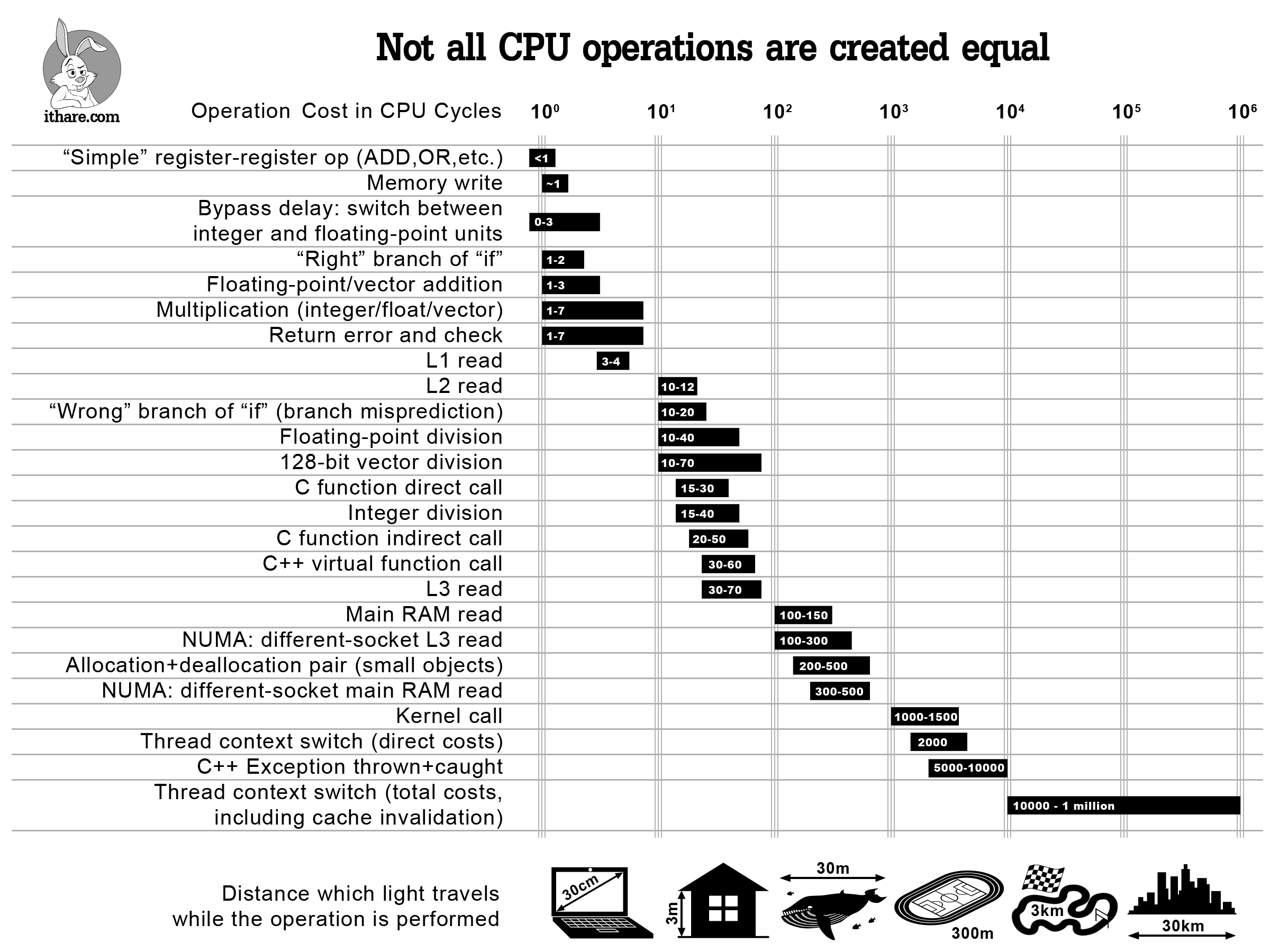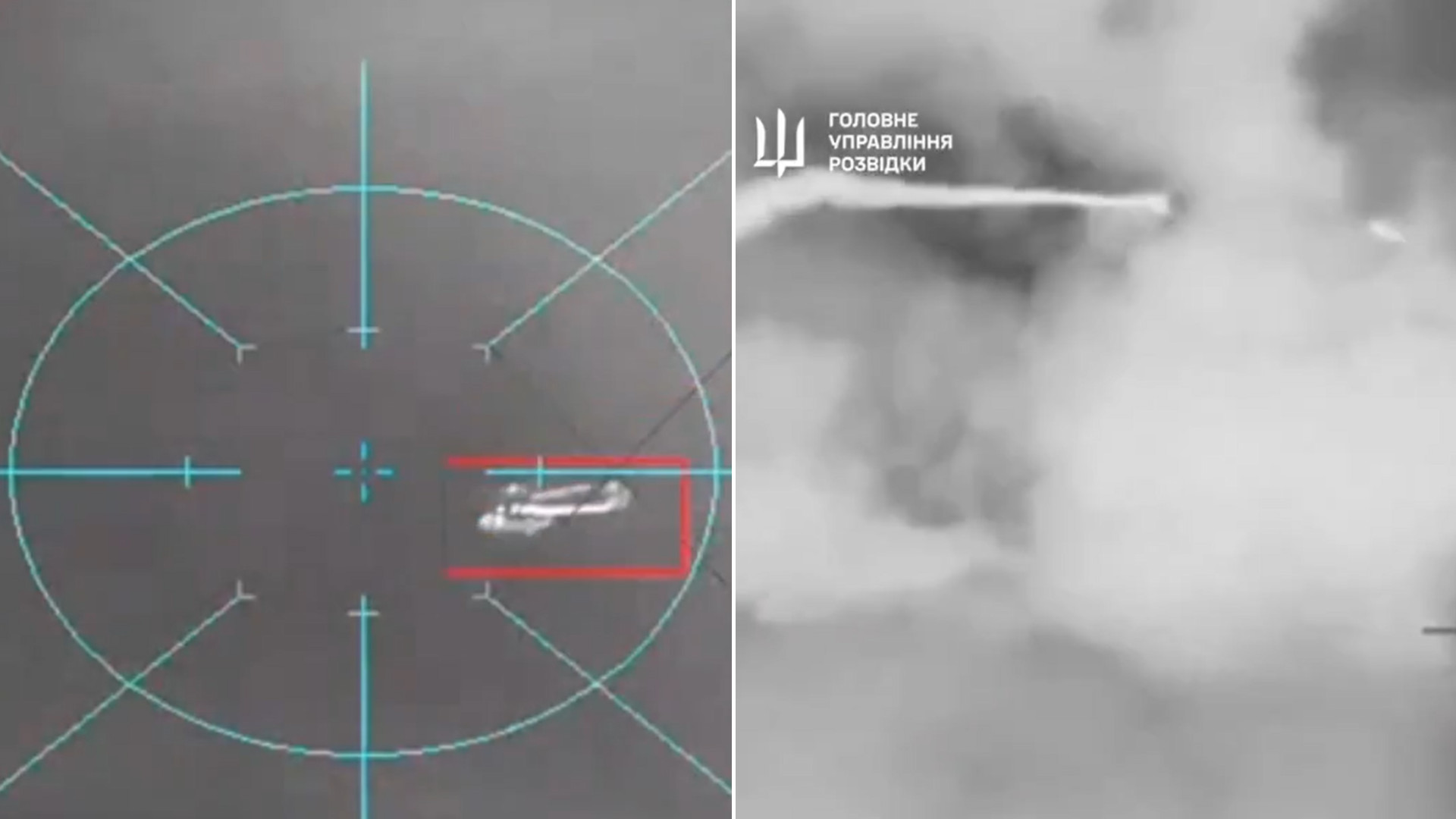Search code, repositories, users, issues, pull requests...
The general principle is to hide magnetic hall effect sensors under the board to detect piece presence. White & black pieces have a hidden magnet in them, in different orientations, respectively
In addition to the sensors, a 8x8 LED matrix is used to display the opponent's moves on the board. An arduino microcontroller interfaces with a typescript program running on a computer to control the LEDs, read the sensors, and communicate with the lichess API.
Each square is equipped with a blue LED that can be lit to signal the opponent's move. It's bright enough that we don't miss a move, and discreet enough that it doesn't distract from the game.
Since the arduino has a limited number of pins, two 74HC595 shift registers are used to control the LEDs with multiplexing, and an additional 74HC4051 multiplexer is used to control the sensor rows. Each of the sensor outputs are connected to one of the analog inputs of the microcontroller (arduino conveniently has 8 of them).
According to their spreadsheet, the power-on time of the the hall sensors is somewhere from 175μs to 300μs. This is slow enough that we can't use multiplexing to power the sensors. Instead I went for a 8x8 matrix where all of the sensors are always powered. Their input readings are then selected using some BJT transistors whose switch time is in the order of 30ns (so about 8 500 times faster than the sensors power-on time)

















